What is China’s One Belt One Road Initiative? Koon Yew Yin
Koon Yew Yin
Publish date: Sun, 31 Oct 2021, 03:52 PM
China’s East Coast became wealthy over the past decades thanks to its access to the sea and hence to global trade. Today, the Belt and Road (BR) initiative starts to link inland cities to the intercontinental trading routes. The augmented revival of the Silk Road raises the strategic importance of China’s Western cities and further enhances their strong economic growth.
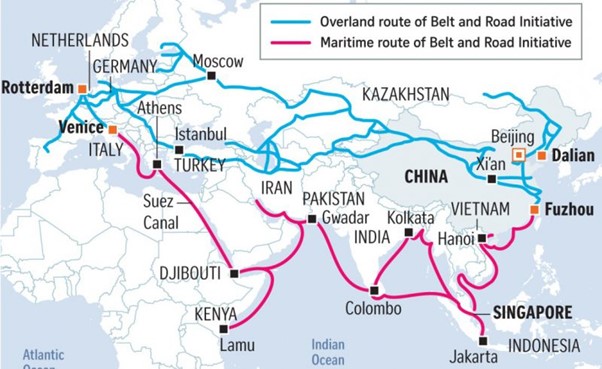
Unlike the British and the USA, China has never invaded another country.
I Googled “How many countries did the British invade?” I found this answer.
Of the almost 200 current member states (and one observer state) of the United Nations, the British have, at some point in history, invaded and established a military presence in 171 of them.
I also Googled “How many countries did the USA invade?” I found this answer.
According to Kelly and Laycock’s book, the United States has invaded or fought in 84 of the 193 countries recognized by the United Nations and has been militarily involved with 191 of 193 – a staggering 98 percent.
China’s One Belt One Road scheme aims to connect more than 70 countries across Asia, Europe and Africa via a “New Silk Road” of railways, highways and ports. Beijing sees it as a way to promote regional links and economic integration, and boost its economic and political influence.
China is providing cheap loan, same or better than the World Bank and ADB.
China is providing cheap loan to underdeveloped nations to help them to construct infrastructures to improve their economies.
The importance of infrastructures
Every country needs reliable infrastructure to connect supply chains and efficiently move goods and services across borders. Infrastructure connects households across metropolitan areas to higher quality opportunities for employment, healthcare and education. Clean energy and public transit can reduce greenhouse gases.
In the last 40 years China has spent huge amount of money to develop its infrastructures. For example: High-speed rail (HSR) in China is the world's longest high-speed railway network and most extensively used -- with a total length of 37,900 km by the end of 2020. The HSR network encompasses newly built rail lines with a design speed of 200–350 km/h (120–220 mph).
US needs HSR
HSR can save time and human energy. People can arrive their destinations earlier to produce more work. US does not have HSR but too proud to ask help from China.

Africa
As of April 2020, China's official Belt and Road website lists 42 African countries who have signed onto an agreement or understanding with the One Belt One Road initiative. Africa is considered a key part of China's One Belt One Road efforts, due to its potential for rails, roads, and energy. Many African countries are also in need of better infrastructure, which is still seen as a major barrier to development in the region. In 2018, only 40 percent of Africans had access to electricity, 33 percent had access to paved roads, and 5 percent of agricultural land was irrigated. China began many of its investment activities in the East Africa region, given its access to ports and need for rails and roads, but initiatives have since branched out to numerous projects across the continent. Major road infrastructure projects stretch to south and north Africa, such as Mozambique's Maputo–Katembe bridge and Algeria's Cherchell Ring Expressway Project. Belt and Road projects in Africa focus generally on transport and power but include variation within, from international rail and expressways, seaports, hydropower to carbon-based power, water supply and sanitation, and many other programs.
Subsequently, China's investments in the region have also risen significantly since the beginning of 2000, with total spending from the Chinese government and companies reaching US$6 billion in 2014. China is now the largest funder of infrastructure projects in Africa, financially backing around a fifth of all projects and constructing a third of them. A McKinsey & Company report estimates that more than 10,000 Chinese-owned firms operate in Africa, with about 90 percent privately owned. Numerous studies have shown that Chinese investment has had a positive effect on Africa, though growing debt has led to some states slightly pulling back on their plans. According to the Johns Hopkins China Africa Research Initiative, East African countries alone have borrowed more than $29 billion from China for various projects. Some countries like Djibouti, Kenya, and Uganda have issued warnings over the ballooning debt, following the case of the Magampura Mahinda Rajapaksa Port transfer in Sri Lanka.
To build many of the construction projects, China has sent a large number of Chinese workers to developing countries. However, this has become a point of controversy especially in Africa, as high unemployment rates continue to hurt the large young population. Aside from economic activities, China has also shaped the Belt and Road as an opportunity to build cultural ties between Africa and China.
Djibouti
In total, the Export-Import Bank of China has lent approximately US$1 billion to Djibouti, funding nearly 40 percent of Djibouti's substantial infrastructure and investment projects.
Due to the Belt and Road initiative, Ethiopia and Djibouti are now bridged through the Addis Ababa–Djibouti Railway and Ethiopia-Djibouti Water Pipeline.
China's economic relations with Djibouti have extended to increased military involvement in the Horn of Africa region. Among the numerous Djibouti infrastructure projects, China built a military base and has deployed ships from its South Sea Fleet. Djibouti's base is a sign of China's growing naval presence across the globe. Meanwhile, China has argued that its anti-piracy missions from the Djibouti base has increased its capacity to support One Belt One Road projects.
Egypt
Egypt has traditionally had a very strong relationship with China, so when China first announced its Belt and Road Initiative, Egypt was one of the first countries to sign onto the agreement. Following the instability from the 2011 Arab Spring protests, China was one of few countries willing to provide loans and financial support to Egypt. Since, China has introduced a number of projects including a Chinese industrial zone in the Gulf of Suez, an electric train system for its new capital, and investments in the Western Sahara. Egypt's New Administrative Capital is also a landmark for the Belt and Road Initiative. From 2015 to 2017, Egypt borrowed US$1.03 billion from China to finance various infrastructure projects. The same time period brought in around 1,900 workers from China to work on construction. The scale of China's projects and consistent Belt and Road activity has also strengthened diplomatic ties between Egypt and China. President Xi Jinping and President Abdel Fatah al-Sisi have praised one another repeatedly for their efforts in the One Belt One Road initiative, and emphasized their shared history of ancient civilizations and infrastructure. Egypt is seen as a vital part of China's One Belt One Road initiative, due to its geographical position and close diplomatic relationship. In 2018, a Chinese consortium that included Shanghai Electric and Dongfang Electric won a tender for a 6,000-megawatt coal-fired electricity-generating plant in Hamrawein, on the Red Sea, with a bid of $4.4 billion. In February 2020, as a result of the COVID-19 pandemic, Egypt postponed indefinitely China-funded construction of the power plant at Hamrawein.
Ethiopia
Ethiopia's Eastern Industrial Zone is a manufacturing hub outside Addis Ababa that was built by China and occupied by factories of Chinese manufacturers. According to Chinese media and the vice director of the industrial zone, there were 83 companies resident within the zone, of which 56 had started production. However, a study in Goodrum noted that the EIZ has yet to serve as a catalyst for Ethiopia's overall economic development due to many factors including poor infrastructure outside the zone. Discrepancies between the two countries' industries also mean that Ethiopia cannot benefit from direct technological transfer and innovation.
From October 2011 to February 2012, Chinese companies were contracted to supersede the century-old Ethio-Djibouti Railways by constructing a new electric standard gauge Addis Ababa–Djibouti Railway. The new railway line, stretching more than 750 kilometres (470 mi) and travelling at 120 km/h (75 mph), shortens the journey time between Addis Ababa and Djibouti from three days to about 12 hours. The first freight service began in November 2015 and passenger service followed in October 2016. On China–Ethiopia cooperation on international affairs, China's Foreign Minister Wang Yi said that China and Ethiopia are both developing countries, and both countries are faced with a complicated international environment. He stated that the partnership will be a model at the forefront of developing China–Africa relations.
Kenya
In May 2014, Premier Li Keqiang signed a cooperation agreement with the Kenyan government to build the Mombasa–Nairobi Standard Gauge Railway connecting Mombasa to Nairobi. The railway cost US$3.2bn and was Kenya's biggest infrastructure project since independence. The railway was claimed to cut the journey time from Mombasa to Nairobi from 9 hours by bus or 12 hours on the previous railway to 4.5 hours. In May 2017, Kenyan President Uhuru Kenyatta called the 470 km railway a new chapter that "would begin to reshape the story of Kenya for the next 100 years". The project is seen as President Kenyatta's legacy project. According to Kenya Railways Corporation, the railway carried 1.3 million Kenyans with a 96.7% seat occupancy and 600,000 tons of cargo in its first year of operation. Chinese media claim that the railway line boosted the country's GDP by 1.5% and created 46,000 jobs for locals and trained 1,600 railway professionals. However, in 2019, China suddenly stopped funding of its railway, about 75 miles short of Nairobi. Cease in funding came rather surprisingly, but may be attributed to rising concerns globally that "Belt and Road was loading poorer nations with unsustainable debt. Xi signalled in April that Beijing would exert more control over projects and tighten oversight.
Nigeria
The Abuja-Kaduna railway line began commercial operation on 27 July 2016 after being constructed by China Civil Engineering Construction Company (CCECC). It is one of the first standard gauge railroad railway modernization projects (SGRMP) in Nigeria. This is the first part of the Lagos-Kano standard metrics project, which will connect the business centres of Nigeria with the economic activity centres of the north western part of the country.
In a resolution of the Johannesburg Summit of the China-Africa Cooperation Forum in 2015, the Chinese government promised to provide satellite television to 10,000 African villages. It is reported that each of the 1,000 selected villages in Nigeria, the most populous country in Africa, will receive two sets of solar projection television systems and a set of solar 32-inch digital TV integrated terminal systems. A total of 20,000 Nigerian rural families will benefit from the project. Kpaduma, an underdeveloped rural community on the edge of the Nigerian capital of Abuja, is familiar with analogy TV and has no chance to see the satellite TV channels enjoyed by people in Nigerian towns. The implementation of the project will create more jobs, 1,000 Nigerians in selected villages have received training on how to install, recharge and operate satellite TV systems.
Sudan
In Sudan, China has helped the country establish its oil industry and provided agricultural assistance for the cotton industry.
Future plans include developing railways, roads, ports, a nuclear power station, solar power farms and more dams for irrigation and electricity generation.
Uganda
In Uganda, Chinese companies have financed two major hydroelectricity projects, the Karuma Hydropower Project and Isimba Hydroelectric Power Station. The Export-Import Bank of China granted loans that covered approximately 85% of funding for both projects, while the government of Uganda provided the remaining 15 percent. Uganda also borrowed $350 million to build the Entebbe–Kampala Expressway, the terms of which include 20 years with a 7 years grace period and 2% fixed interest rate.[6] More recently in 2020, Uganda announced it would be borrowing another US$118 million for roads, part of an oil production project that Uganda has looked to kick off for the past few years. Diplomatically, President Museveni has praised China for its willingness to fund projects with "no strings attached", allowing Museveni to take on a number of projects for the first time in his three-decade term. China's Ambassador Zheng Zhuqian also reaffirmed the relationship with Uganda, remarking that China "firmly supports the Ugandan exploration for a development path with Ugandan characteristics." However, critics warn over Uganda's burgeoning debt, which was at $10 billion in 2018 and a third of which is owed to China.
Europe
Freight train services between China and Europe were initiated in March 2011. The service's first freight route linked China to Tehran. The China–Britain route was launched in January 2017. As of 2018, the network had expanded to cover 48 Chinese cities and 42 European destinations, delivering goods between China and Europe. The 10,000th trip was completed on 26 August 2018 with the arrival of freight train X8044 in Wuhan, China from Hamburg, Germany. The network was further extended southward to Vietnam in March 2018.
More articles on Koon Yew Yin's Blog
Created by Koon Yew Yin | Jul 22, 2024
Recently one smart accountant pointed out to me that KP Property has millions of Redeemable Convertible Preference Shares (RCPS). This will affect its share price. I sold all my KPP shares to buy KSL.
Created by Koon Yew Yin | Jul 15, 2024
Currently Bahasa Melayu is taught in all Government sponsored schools. Bahasa Melayu is only good within Malaysia. All our overseas customers do not know Bahasa Melayu. I hope all our politicians...
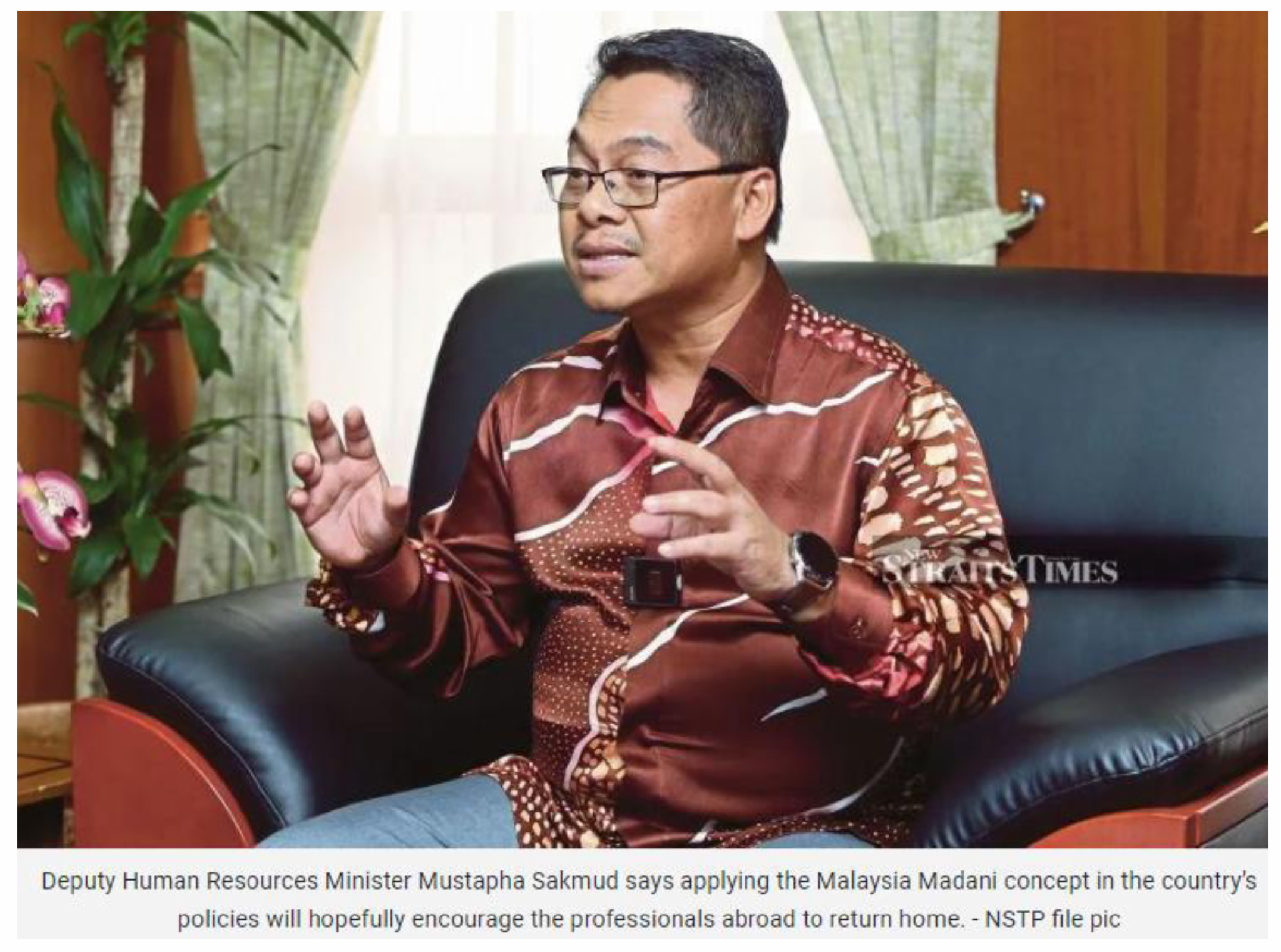

Created by Koon Yew Yin | Jul 09, 2024
Created by Koon Yew Yin | Jun 28, 2024

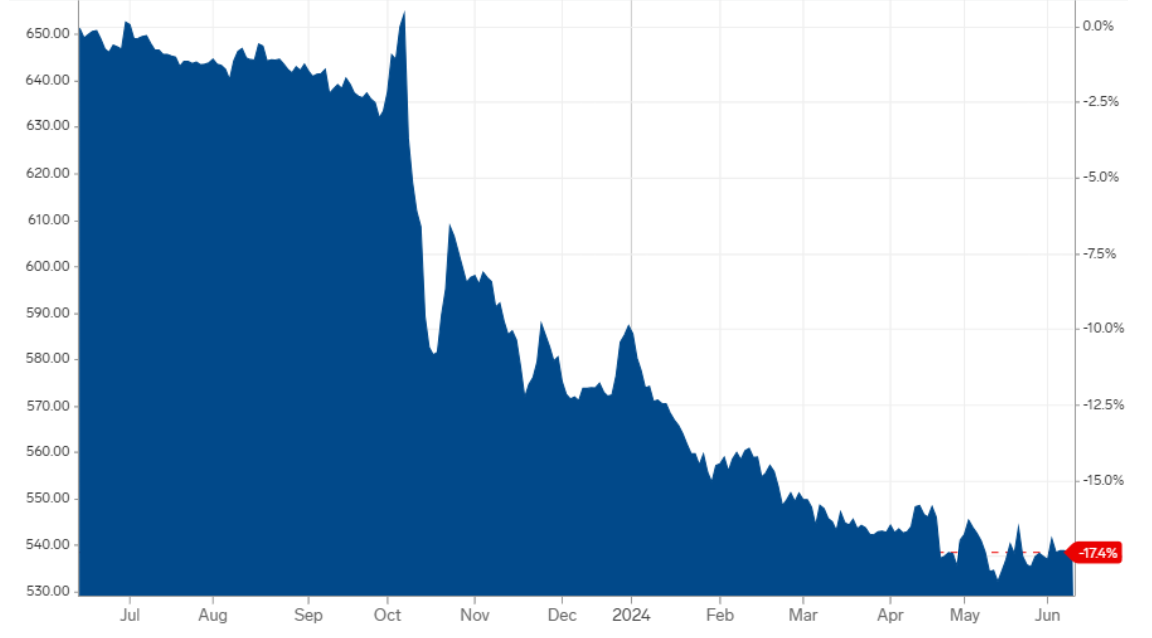
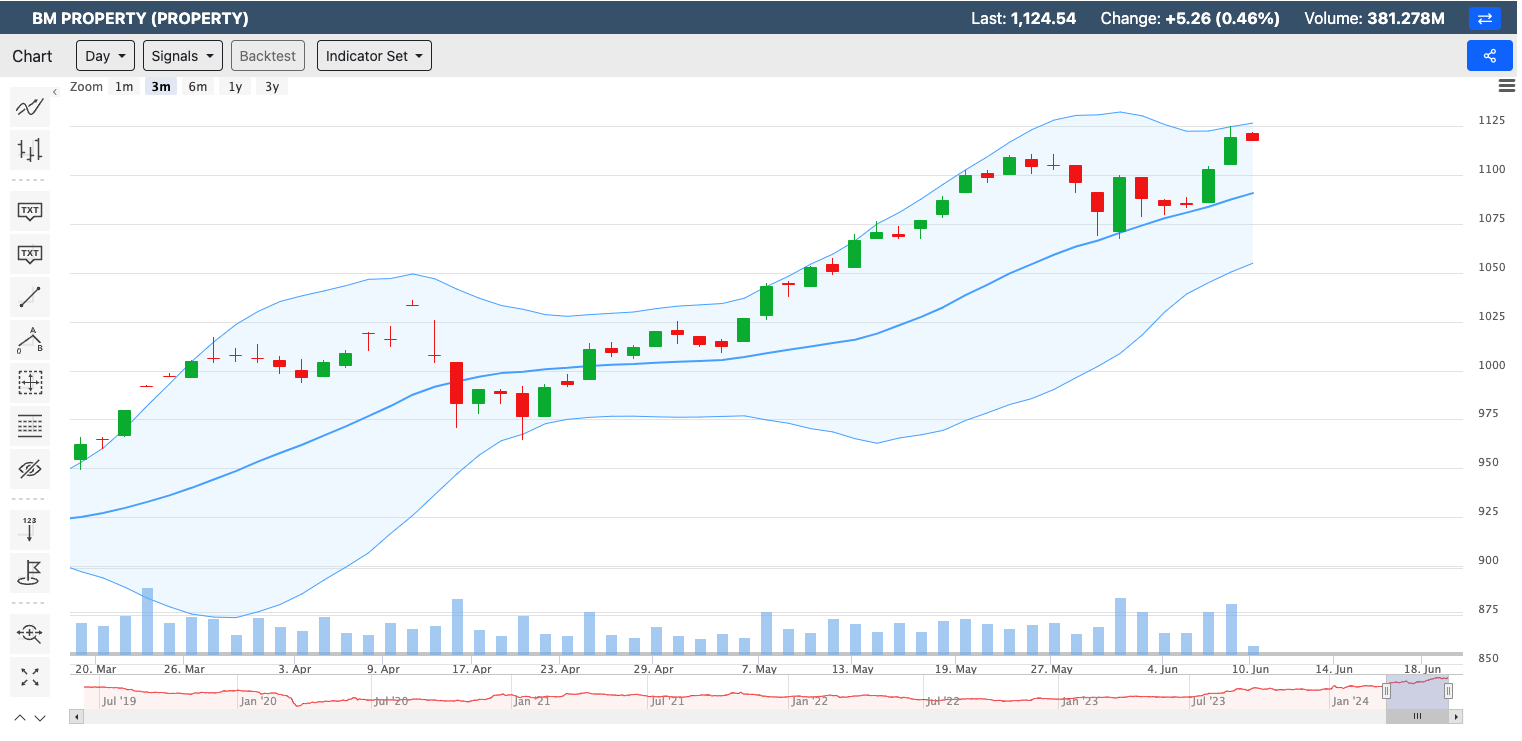
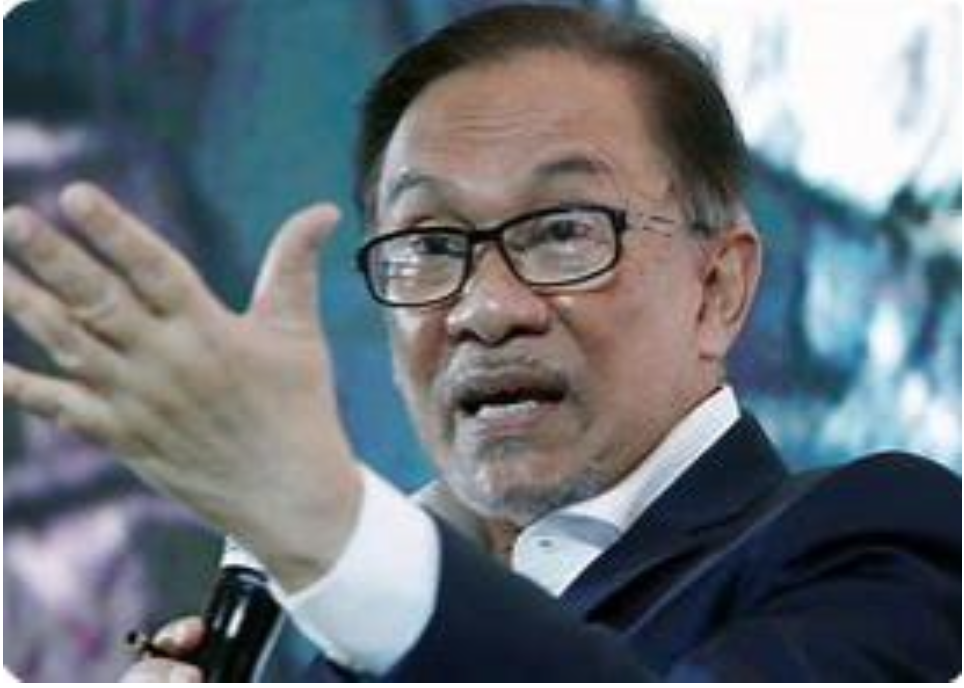
Discussions
Establish footprint and allies. Prove that capitalistic countries are there to plunder, China is there to help.
2021-10-31 18:57
I am here and straight roll to the comment not reading ur articles. Because I know ur article is full of bull shit and only to tricks people into buying certain stocks. I believe karma will hit u soon kyy. Wait and see!
2021-11-01 11:07
One Belt One Road Initiative = Economy Control Trap. Once again I ask, Mr. KYY, did you check the China's HSR Company financial? Or you already knew and want to misleading peoples?
2021-11-01 11:12
Genesis Chapter 10
New International Version -
The Table of Nations -
This is the account of Shem, Ham and Japheth, Noah’s sons, who themselves had sons after the flood.
(Noah has 3 sons.)
(A). The Japhethites - the Europeans
(B). The Hamites -
Verse 6. - Sons of Ham:
Cush, Egypt, Put and Canaan.
7. The sons of Cush:
Seba, Havilah, Sabtah, Raamah and Sabteka.
The sons of Raamah:
Sheba and Dedan.
8. Cush was the father[c] of Nimrod, who became a mighty warrior on the earth.
9. He was a mighty hunter before the Lord; that is why it is said, “Like Nimrod, a mighty hunter before the Lord.”
10. The first centers of his kingdom were Babylon, Uruk, Akkad and Kalneh, in[d] Shinar.
11. From that land he went to Assyria, where he built Nineveh, Rehoboth Ir, Calah
12. and Resen, which is between Nineveh and Calah—which is the great city.
13. Egypt was the father of
the Ludites, Anamites, Lehabites, Naphtuhites, 14 Pathrusites, Kasluhites (from whom the Philistines came) and Caphtorites.
15. Canaan was the father of
Sidon his firstborn,[g] and of the Hittites, 16 Jebusites, Amorites, Girgashites, 17. Hivites, Arkites, Sinites, 18 Arvadites, Zemarites and Hamathites.
Later the Canaanite clans scattered 19 and the borders of Canaan reached from Sidon toward Gerar as far as Gaza, and then toward Sodom, Gomorrah, Admah and Zeboyim, as far as Lasha.
20. These are the sons of Ham by their clans and languages, in their territories and nations.
(C). The Semites - Why anti-semitism? The Israelites are the Semites. Abraham come come from Eber, Eber the son of Shelah, Shelah the son of Arphaxad and Arphaxad the son of Shem.
WHY Sino? The Chinese (Sino) come from Sinites (verse 17), son of Canaan, the son of Ham.
Cush - the dark people, the Africans.
SO, the Egyptians, the Chinese and the Africans come from Ham.
32. These are the clans of Noah’s sons, according to their lines of descent, within their nations. From these the nations spread out over the earth after the flood.
01/11/2021 8:02 PM
2021-11-01 20:03
Uncle you Championed or you are not? I don’t know how long you will have the champagne championship?
2021-11-01 23:47
"..East African countries alone have borrowed more than $29 billion from China for various projects. Some countries like Djibouti, Kenya, and Uganda have issued warnings over the ballooning debt, following the case of the Magampura Mahinda Rajapaksa Port transfer in Sri Lanka." So how is China addressing these issues if they are of grave concern to the countries stated?
2021-11-02 10:46
3 continents, 6 corridors & 65% of global population. China's most ambitious infrastructure project is actually a plan to dominate the world. But the Belt & Road Initiative is now facing too many roadblocks. Is Xi Jinping's dream fading?
https://www.youtube.com/watch?v=Rjx1iuY9D2s&t=152s
2021-11-02 11:13






















enning22
One Belt One Road Initiative,a notorious project,a debt trap ,cursed by all people , ..
2021-10-31 18:48